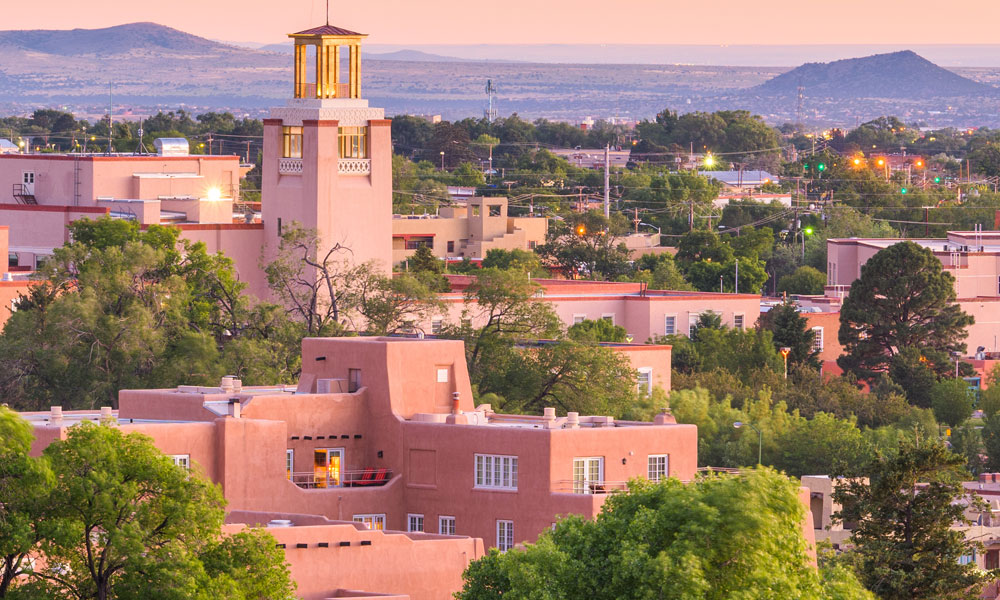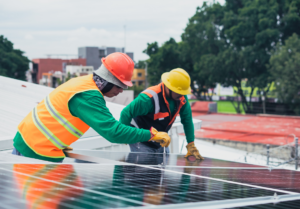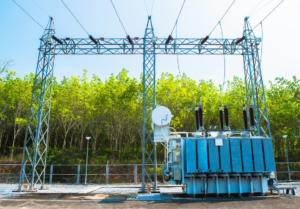The 2021 New Mexico legislative session resulted in a formative bill for the state’s solar industry. Senate Bill 84, the Community Solar Act, was signed into law on April 5.
The bill directs the Public Regulation Commission (PRC) to adopt rules to implement a community solar program in the state. This program would oversee largely, local solar arrays shared among individual community members. These community arrays give more people than ever access to solar energy, including renters, condo owners, apartment dwellers, and those who might otherwise not be able to access alternative energy due to finances or home type. These subscribers would receive electrical bill credits for their portion of the power the array produces.
Since the 2019 signing of the Energy Transition Act, New Mexico has continued to take strides to meet the bold statewide renewable energy standards the bill established. The ETA set a benchmark for New Mexico to reach 50% renewable energy for state investor-owned utilities and rural electric cooperatives by 2030, as well as reducing costs for consumers. Community solar moves the state toward both of these goals.
In New Mexico Political Report, Senator Linda Lopez of Albuquerque observed, “Community solar is favorable to low-income participants because it typically offers them savings, no upfront costs, and no penalty to cancel the subscription to a community solar facility. Thirty percent of the annual program capacity is reserved for low-income customers and low-income service organizations, and the PRC will issue guidelines to ensure the low-income carve-out is achieved each year.”
Community solar presents new opportunities for solar energy companies across the state. Its financial impacts will also be felt far beyond the industry, according to a study from the University of New Mexico Bureau of Business & Economic Research commissioned by the Coalition for Community Solar Access. The study found that community solar projects could create new job opportunities for employees laid off due to fossil fuel plants closing. Additionally, the arrays could have broad fiscal impacts, from generating lease dollars from fallow lands to sustained revenue.
Financial ripple effects from the construction and operation of a 5-megawatt facility include the creation of 38 jobs, $1.47 million in labor income, and $5.17 million in industrial output. Of course, those effects compound over time. These projects would also generate tax revenues in the form of gross receipts, property, and income taxes, to the tune of up to $2.9 million a year for a single 5-megawatt array.
The PRC now has until April 2022 to adopt rules for the state’s community solar program. Yearout Energy, an Energy Services Company (ESCO), will be following along as the rules form and the next phase of New Mexico’s solar future continues to take shape.









